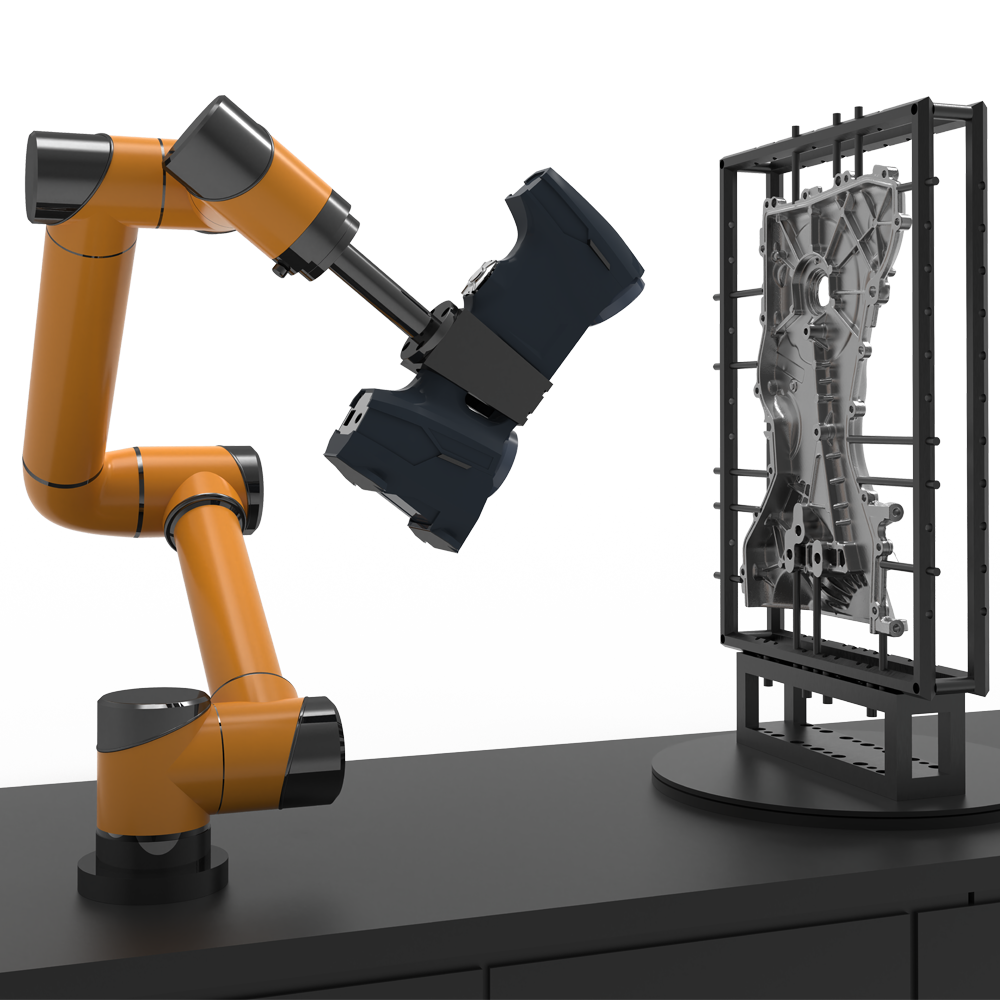- A +
- A
- A -
3D scanning of mannequins
China's clothing production and export has been ranked first in the world for more than a decade, and plastic fashion clothing model props have also been 100% domestically produced. On the other hand, mannequins are a necessary means to assist art workers in improving their modeling capabilities. The production of mannequins requires specific and accurate three-dimensional data in order to produce products that meet the requirements. A three-dimensional scanner is required to scan the mannequins. The desired data can be quickly and accurately obtained and put into batch production for production.
Practical problems
According to the needs of customers, a three-dimensional digital model of a mannequin needs to be obtained quickly. The texture features of the mannequin are obvious, there are many curved surfaces, there are grooves, and the size is high, which makes it difficult to scan.
Regarding the scanning of mannequins, the use of conventional 3D scanners has limitations, inconvenient operation, and inaccurate surface texture scanning. Failure to meet customer requirements is not conducive to the development of later work progress.
Co3d solutions
After discussion in our company, we concluded a high-efficiency solution suitable for scanning mannequins.
Mannequin STL data chart
Our engineers use the Calibry handheld 3D scanner to scan the mannequins in all directions and obtain high-precision 3D data. Calibry handheld 3D scanner has a wide scanning range, powerful development software and a specially configured camera, which can easily scan out complex texture features, breaking through the limitations of some scanners, and the device comes with a display screen that scans and outputs data to understand scanning The effect can be missed scanning, the operation is very convenient, and even large objects can be scanned in a short time. The scanned data is imported into a three-dimensional software system to be processed and converted into data required by customers, which solves customer needs and problems. The acquired high-precision data can meet customer demand for mass production.
















